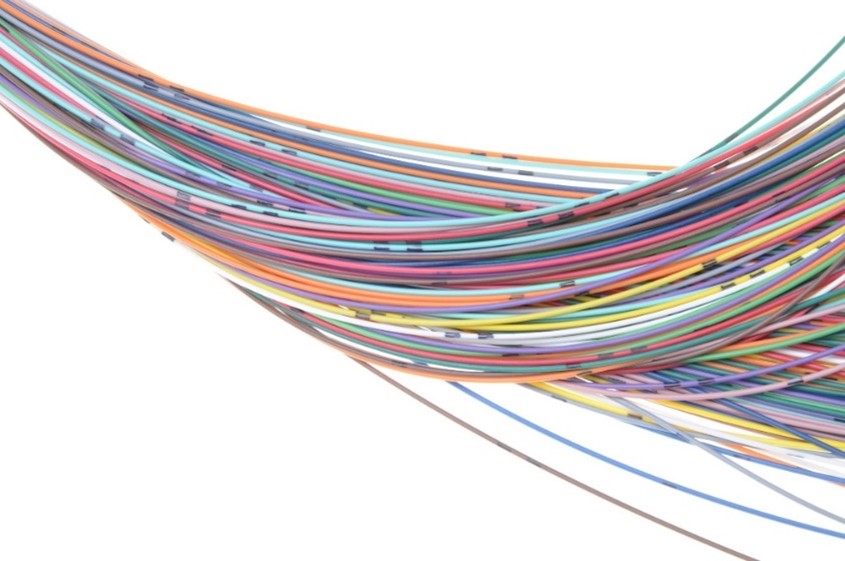Recurring Data Feeds: Wired for Success

Recurring data feeds, not to be confused with APIs, allow for the exchange of large datasets, to keep two entities in sync at a designated interval. APIs generally return a small amount of data in real time.
Consider these use cases:
- You’ve contracted with a vendor to distribute information for your company. They might do so in printed format or share it electronically on your behalf to a site or repository that serves your industry. You need to deliver thousands or even millions of records regularly and in bulk.
- Your company has partnered with another. You will each be responsible for different aspects of the shared business venture. One is the primary information holder (A) for some things but the other (B) needs that data to do their part. Company B needs to routinely take bulk data from Company A and combine it with their own to fulfill their obligations.
Both parties will need to agree on:
- File format
- Data elements that are in scope
- Full replacement vs. new or change only files
- Frequency of file exchange
- Method and location of delivery (or pickup)
Next, automate the process according to the role you’ll play. The sender and receiver should both identify and capture tracking data. It will be needed to manage notifications and error handling. The receiver will also need to consume and sometimes perform processing on incoming data as it arrives.
Planning and attention to detail on the front end will ensure your recurring data feeds are wired for success. Then you’ll be free you to move on to the next data puzzle.
If you’d like to learn more or have BTG assist with an upcoming project, please contact us at [email protected] or book a free consultation here.
